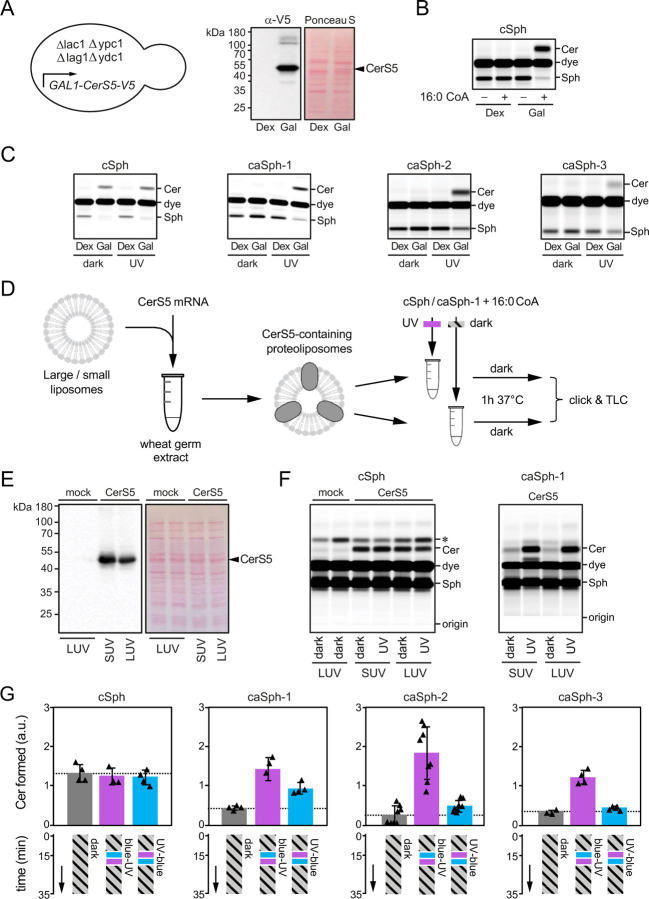Figure 2. caSphs are light-sensitive substrates of ceramide synthase CerS5.
(A) A yeast quadruple mutant (Δlag1Δlac1Δypc1Δydc1) strain devoid of endogenous ceramide synthase activity and transformed with V5-tagged human CerS5 under control of a GAL1 promotor was grown in the presence of dextrose (Dex) or galactose (Gal) and then subjected to immunoblot analysis using an anti-V5 antibody. (B) Lysates of yeast quadruple mutant cells grown as in (A) were incubated with cSph and 16:0 CoA for 30 min at 37°C. Reaction samples were subjected to lipid extraction, click-reacted with Alexa-647 and analyzed by TLC analysis. (C) Lysates of yeast quadruple mutant cells grown as in (A) were incubated with 16:0 CoA and dark-adapted or UV-irradiated cSph, caSph-1, caSph-2 or caSph3 for 30 min at 37°C. Reaction samples were subjected to lipid extraction, click-reacted with Alexa-647 and analyzed by TLC analysis. (D) V5-tagged human CerS5 produced cell-free in the presence of liposomes was incubated with dark-adapted or UV-irradiated cSph or caSph-1 and 16:0 CoA for 1 h at 37°C. Reaction samples were subjected to lipid extraction, click-reacted with Alexa-647 and analyzed by TLC analysis. (E) Cell-free translation reactions with or without human CerS5-V5 mRNA were analyzed by immunoblotting using an anti-V5 antibody. (F) Human CerS5 produced cell-free in the presence of large (LUVs) or small liposomes (SUVs) was incubated with dark-adapted or UV-irradiated cSph or caSph-1 and 16:0 CoA for 1 h at 37°C. Reaction samples were subjected to lipid extraction, click-reacted with Alexa-647 and analyzed by TLC analysis. (G) Dark-adapted cSph, caSph-1, caSph-2 or caSph-3 and C16:0 CoA were incubated with lysates of yeast quadruple mutant cells expressing human CerS5 at 30°C in the dark. After 15 min, reactions samples were irradiated with blue- followed by UV-light or vice-versa and then incubated for another 20 min in the dark. Reaction samples were subjected to lipid extraction, click-reacted with Alexa-647 and subjected to TLC analysis.

